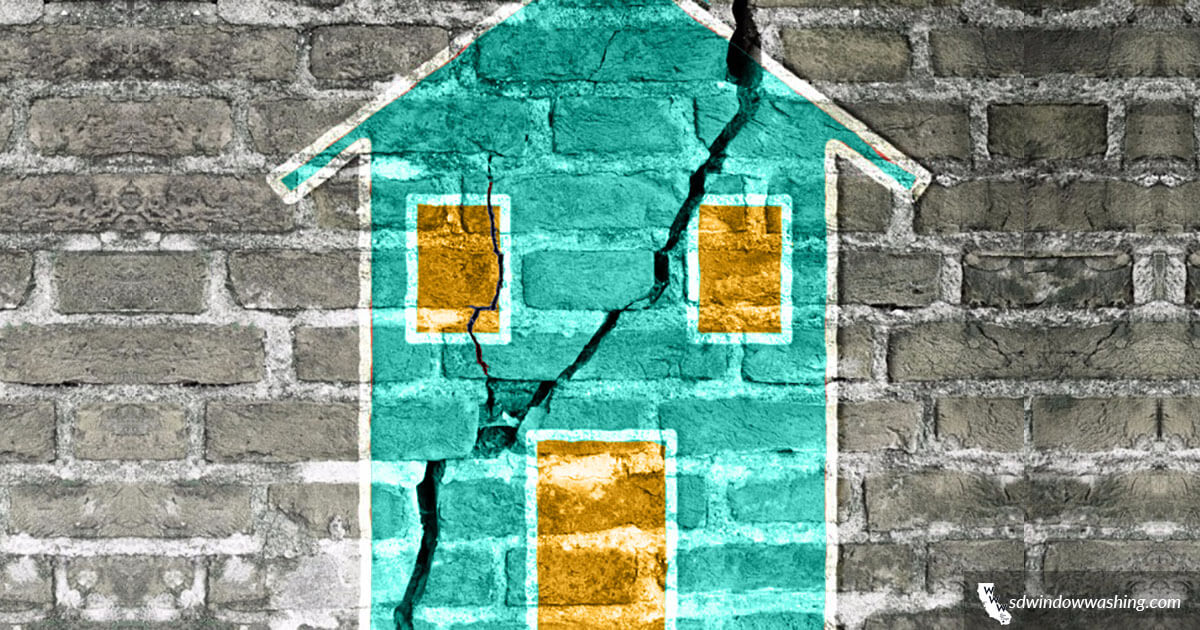
Stumbling upon foundation cracks in your home can be upsetting. They could indicate considerable damage to your home’s foundation, which could mean expensive repairs. The soundness of your home lies in the foundation.
Besides supporting your home’s entire structure, a foundation will keep water from seeping in and ruining your home. With so much weighing on the foundation, we want to make sure you keep it protected.
But, the good news is that all foundation cracks are not the same.
Home Foundation Cracks
Sometimes, just looking at the cracks you may be able to tell what caused it. And even guesstimate how serious the problem is.
Like most things we own, having a maintenance program is essential. The extent and regularity of maintenance depends on the item. The point is, preventative maintenance can save homeowners thousands of dollars a year.
Let’s explore the various types of cracks a home foundation can have.
HORIZONTAL CRACKS
Horizontal foundation cracks demand careful consideration and attention. They can indicate serious damage to your home’s foundation. Mostly, they’re seen in block foundation, but can also appear in poured concrete homes.
One of the common things that causes this type of foundation damage is excessive unbalanced soil pressure. If you notice this type of foundation damage, it should be repaired as soon as possible. Otherwise, this type of foundation crack can effect the structural integrity of your home.
Unfortunately, this type of cracking is expensive to repair. It’s likely to include reinforcing your foundation for added security and stop further damage.
DIAGONAL CRACKS
Diagonal cracks run along your basement wall or foundation at an angle. Usually, these are thin cracks, but one end will be slightly wider. This type of foundation crack happens when one side of your home is lower. This stress causes the diagonal cracks.
While to repair is less costly than horizontal foundation cracks, it more costly than vertical ones. A simply fix for this type of damage could be just installing new gutters. This will allow the rainwater to flow away from the area that normally gets saturated. The water could be why the soil is causing your foundation to shift.
VERTICAL CRACKS
Vertical cracks are less severe and the most common type of foundation cracks in many houses. They occur in old and new houses as a result of the foundation settling.
Thankfully, this type of crack is the simplest and less costly to repair. Normally, a resin such as epoxy material is injected into the crack to seal it so that it doesn’t reopen.
Having your home foundation cracks inspected by a professional can not only save you money, but save your home.
You may also enjoy reading: How To Choose A Window Cleaning Company
